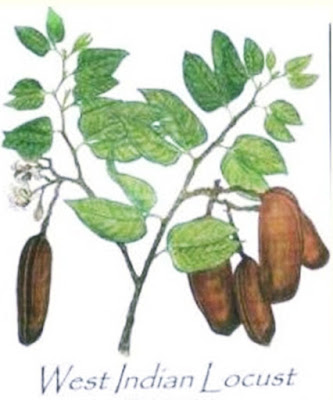I think it was when I read “Loving and Cooking with Reckless Abandon” by Kevin Gould back at the start of the century that I first realised that Quadrille are publishers of exceedingly fine books – books that are not just informative but enticing, tantalising and just plain different. I have reviewed a few of their books now and it’s always a pleasure.
Now I am reading, in fact have almost finished reading “In at the Deep End: Cooking Fish from Venice Tokyo
I say I am “reading” the book and indeed I am but also I indulging in a lot of flicking through because there is a so much going on and I don’t want to miss anything, it is a visual delight as well as a good read and a useful cookbook.
The story is that Jake Tilson was scared of fish so decided to confront his fears in a big way by tavelling to various particularly fishy parts of the world and cook local fish in each place. For this reason some of the recipes use fish that is a little “out there” so to speak; mini octopus, cuttlefish, barramundi etc., but a savvy cook can deal with this sort of thing taking the idea and using what’s available. Indeed this is the book’s message, or one of them – eat local fish. (Another message, which ties in with the first, is of course make sure that what you eat is sustainable.)
Many of the recipes, however, do feature more “normal” ingredients, herrings, haddock, crab etc. and some of the methods and ideas are unusual. In one recipe soft shell crabs are coated in raw egg and left for a while before cooking, apparently they eat the egg which makes them egg-like and custardy themselves when cooked. A severe case of you are what you eat!
To be honest I haven’t cooked anything from this book yet but I wanted to post this um.. post for a couple of reasons.
- I want to get one last post in before the end of August and I am out tomorrow, and
- I don’t like having a book for too long before reviewing it. I am delighted to have received this from Quadrille and anxious to let them know what I think of it.
Actually I thought I had a third reason but my computer just crashed and now I can’t remember what it was!
In the near future I shall, of course, be trying out some of the recipes and will be sure to blog about them – so keep in touch!
Jake Tilson seems to be an enormously talented and multi-faceted man; he is not only the author of this lovely book, he is also the photographer, the designer and even the typographer. All this and cooking too! I had not heard of the guy before now (see how one suffers living in the Caribbean for many years) but see that he has written another book "A Tale of 12 Kitchens" (apologies Quadrille - I see it is not one of yours!) and after I've posted this I'm off to Amazon to see if I can get a copy.
This big colourful wonderful paperback book is to be published by Quadrille Publishing on 5th September ISBN-10: 1844009750 ISBN-13: 978-1844009756
In other news I have been writing an article for Christmas and cooking and eating (Christmas fudge for instance) accordingly. The weather is so appalling the mulled wine went down a treat!

















